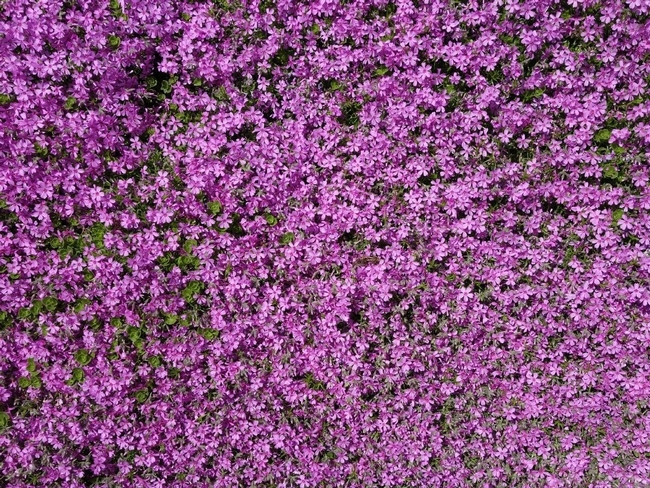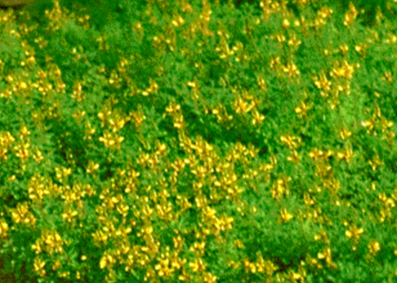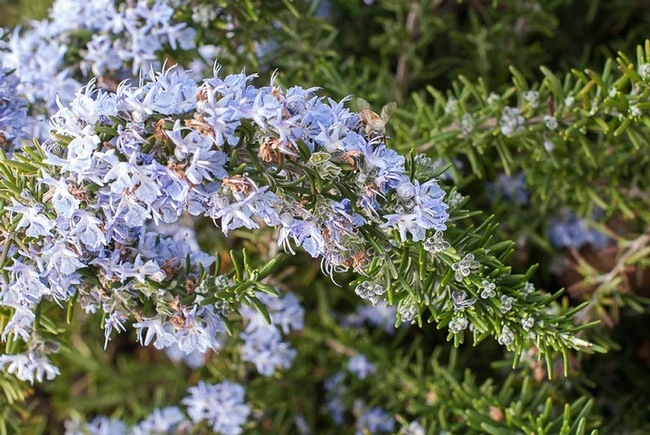an plants help cool our urban heat islands and mitigate impacts of climate change in our inland cities? I've been interested in measuring the temperatures of living and non-living surfaces for some time. Preliminary results are in! Use of dark asphalt, synthetic turf,
What can you do?
Take care of your trees, shrubs, groundcovers, and lawns to maximize their ability to cool the surrounding environment. In the same experiment described above, the coolest temperatures occurred in lawns growing in the shade of a mature tree. This is due to living plants cooling the environment during the process of transpiration. Non-living surfaces don't provide this natural air-conditioning. While many people believe lawns waste water, it's important to fully consider the alternative of replacing a water-efficient warm-season lawn like Bermuda or Buffalograss with either dark mulch or no living plants at all. The lawns are much cooler! Our previous UC studies determined that it's often not the lawns (and other sprinkler-irrigated plants like groundcovers) that waste the water, it's the uneven coverage (low distribution uniformity) of most sprinkler systems, coupled with not applying the right amount of water seasonally.
However, If you're tired of your high maintenance lawn and want to ditch your lawnmower, fertilizers, and pesticides, consider a low-maintenance drought-resistant groundcover that has similar cooling effects without the need for chemical inputs.
Plant drought-tolerant groundcovers
Here are just a few examples:
Peruvian Verbena (Verbena peruviana). This groundcover grows to only 1" tall and sports dark green leaves and white to pinkish (several hybrids available) blossoms that bloom from spring through fall. It spreads quickly and requires little water once established.
Dwarf Rosemary (Rosmarinus prostratus) This particular rosemary species is a low-growing groundcover. It is a great choice for rock gardens, reaching only 6 inches tall. It produces purple flowers in the summer and attracts pollinators and can be used for culinary purposes (bottom).
Gold Dalea (Dalea capitata). This semi-deciduous evergreen grows between 8" to 1' tall and has small yellow flowers that bloom in spring and fall and a pleasant scent. It is very heat tolerant and great for urban heat islands (parking lots, etc.) as well as planters and paths (lower right).
For more information on trees, groundcovers, shrubs, and vines suitable for your own home, contact a UC Cooperative Extension Master Gardener volunteer in your county using this link: https://mg.ucanr.edu/FindUs/



